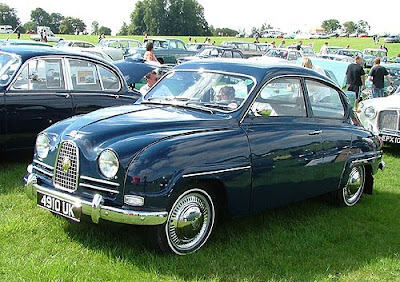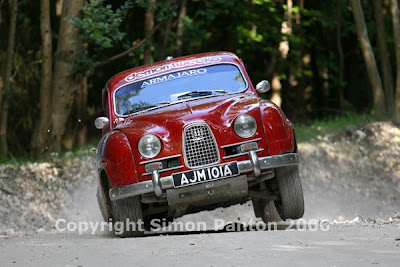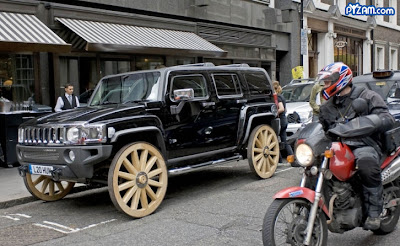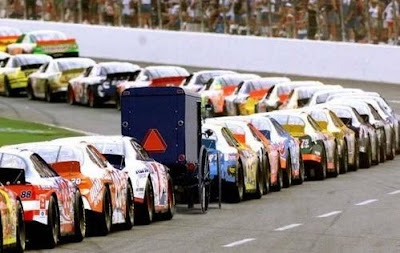Have you ever been travelling, out in the world exploring, and come to a place feels like home? Its almost spiritual, because you can easily put yourself into that place and imagine the lives of those people a long time ago.
It doesn't happen often. I've experienced this feeling strongly only 4 or 5 times in my life. One of the strongest of these was at Skara Brae in the Orkney Islands, north of Scotland.
Imagine yourself in the north of Scotland 5000 years ago. Even today, the Orkney Islands are a magical place. Back then, it must have been even more so. In Egypt, the pyramids are under construction, but here, in these North Atlantic Isles, its the time of Stone Henge. In Orkney, religion is centered around the Ring of Brodgar which is bigger in diameter than Stone Henge, but has smaller stones.
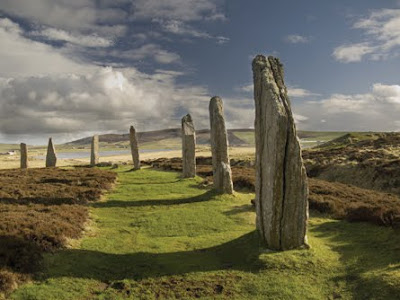
People lived in small groups of homes, small villages perhaps or possibly extended families. Skara Brae is such a group of homes and was found buried in sand dunes on the west coast of Orkney's Main Island.

This drawing is an artist rendering of what it may have looked like 5000 year ago. People fished, farmed, and hunted in the nearby woods. Although their technology was mainly stone, wood, and earth, they understood the world around them and their homes must have been warm, comfortable, and safe.
The houses were made of stone buried in the earth to the top of the walls with several feet of midden (garbage) between the stone walls and the surrounding earth. This was done intentionally because they knew that midden was a better insulator than earth.
The entry of the homes was a long, crooked tunnel with a branch off the tunnel that joined each home. This method kept the North Atlantic wind from the home while providing air to the fire in the middle of the house.

Scientist are guessing about the roof, but this reconstruction suggests a wooden structure covered in earth with a smoke hole in the middle.
I don't know about you, but I can imagine myself in one of these homes, sitting around the fire on a dark winter evening, surrounded by family and friends, and thinking that this is the good life.

